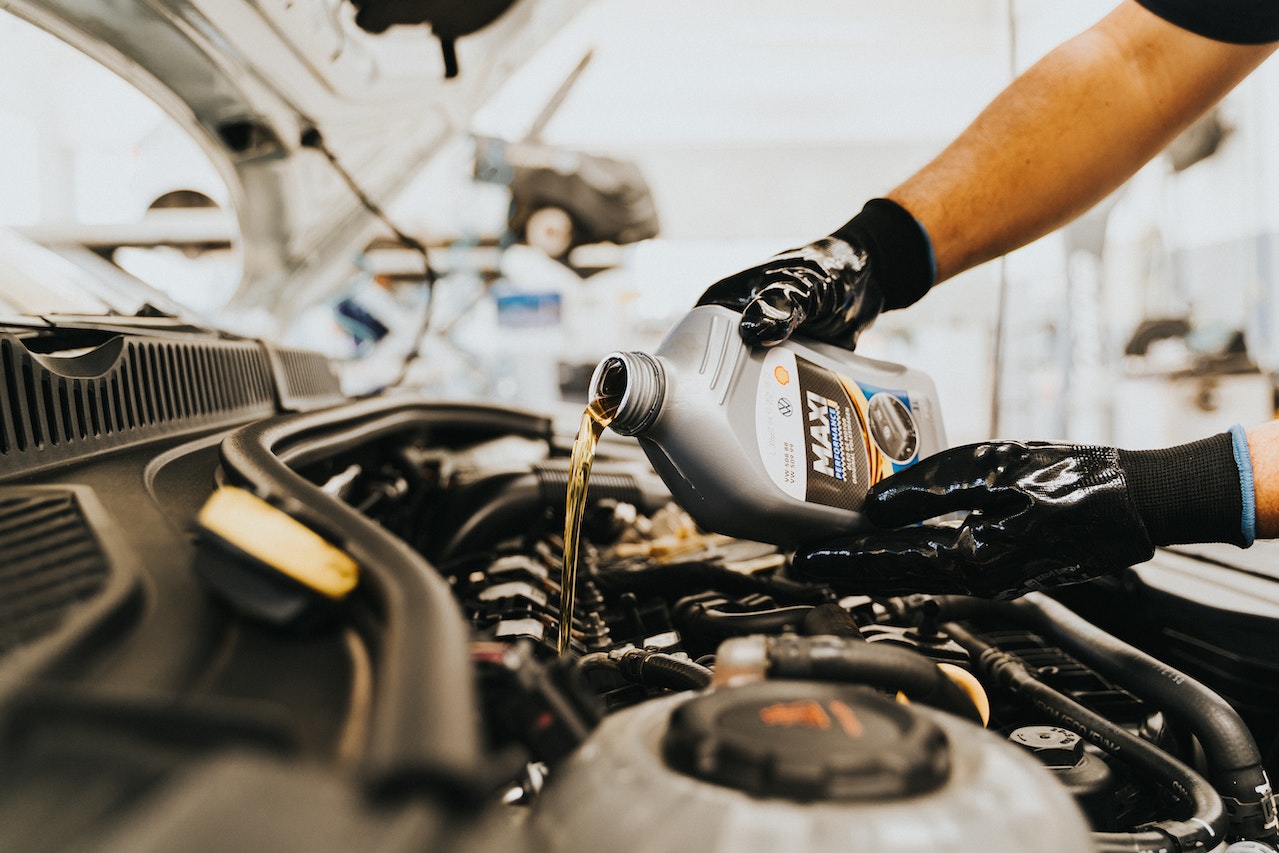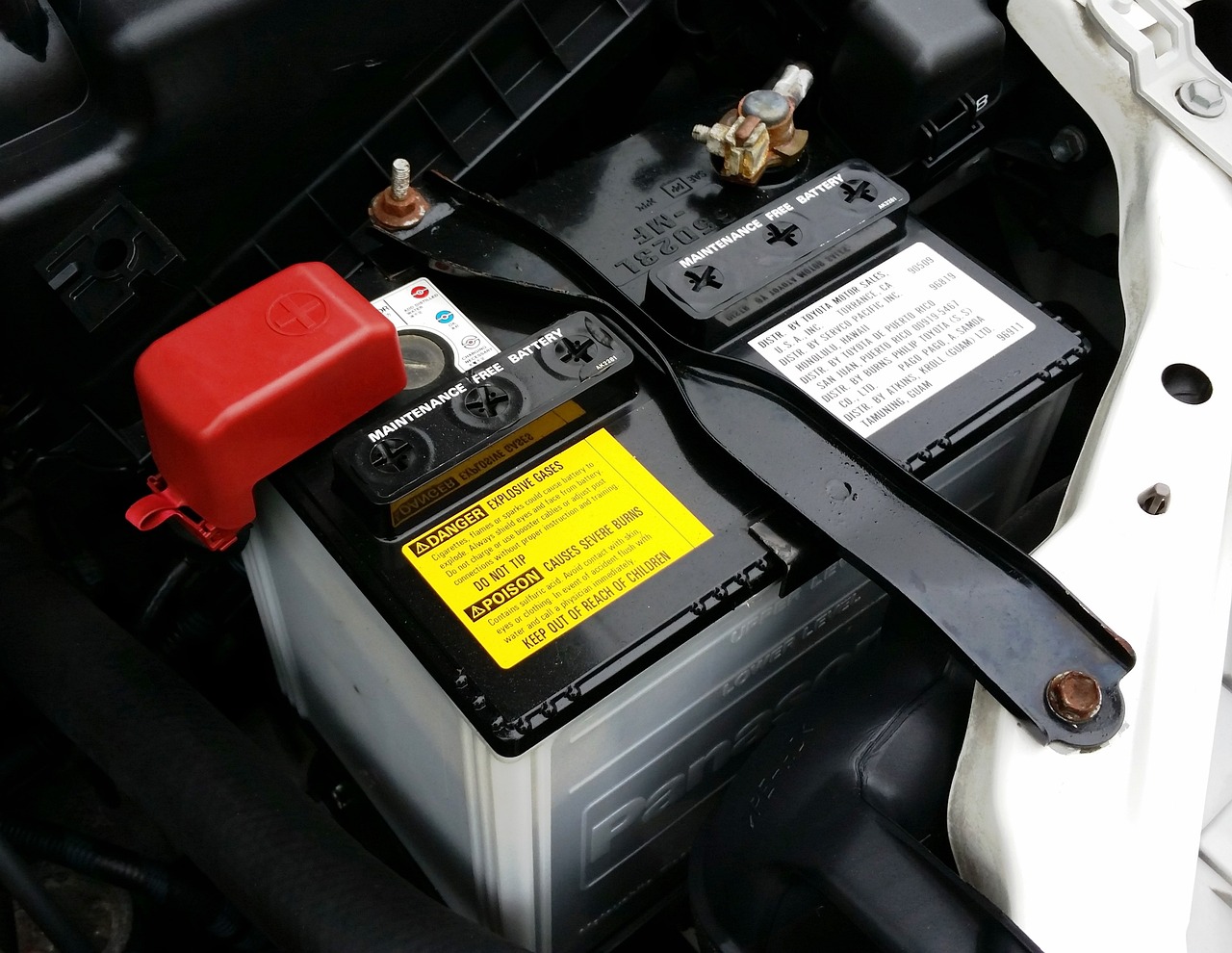So, you woke up today and thought, “Hey, what’s the most exhilarating topic I can dive into?” And, naturally, “types of car oil” topped your list. Because why wouldn’t it? Right after, “Why do we have toenails?” and “The life cycle of dust mites.” Ah, the mysteries of the universe.
But fret not! I’m here to serve up some solid, invaluable advice about car oil — drenched in sarcasm and a sprinkle of humor. Let’s dive into this slippery subject, shall we?
1. Yes, You Actually Need To Change It
For those who believe that car oil is just a luxury spa treatment for your car, let’s clarify: it’s essential. Think of it like your morning coffee. Without it, everything just grinds to a halt. Literally. Your engine will wear out, performance will drop, and soon you’ll be getting intimate with roadside assistance on a weekly basis. And trust me, that relationship isn’t as romantic as it sounds.
2. Not All Oils Are Created Equal
If you thought picking a Netflix show was hard, wait till you dive into the world of motor oils. We’ve got conventional, synthetic, synthetic blend, high mileage… It’s like the Baskin-Robbins of the car world, just less tasty and more… oily.
a) Conventional Oil: This is your vanilla ice cream of oils. It’s made from crude oil and works for most cars. It’s also the cheapest option. But like most cheap things in life (think dollar store toys or that ex who never bought dinner), it might not always be the best choice. Especially if you have a newer car or often find yourself in extreme driving conditions.
b) Synthetic Oil: Here’s the bougie stuff. Synthetic oil is like the caviar of the car world. Made in labs with fancy molecules, this stuff offers better performance, protection, and longevity. It’s perfect for modern engines, extreme temperatures, and those who like their car to have the finer things in life. However, it comes with a higher price tag. But hey, quality over quantity, right?
c) Synthetic Blend: For the indecisive ones. Can’t decide between conventional and synthetic? No worries. This is the love child of both. It offers better protection than conventional but won’t burn as big a hole in your pocket as full synthetic.
d) High Mileage Oil: For the grandpas and grandmas of cars. If your car has seen more miles than a seasoned traveler, this is your go-to. It’s formulated to rejuvenate seals in older engines and reduce leaks and burn-off. Because even old-timers need some TLC.
3. The Mystery of Viscosity
You’ve probably seen those weird numbers like 5W-30 on oil containers and wondered if it’s some secret code. Well, it kind of is. It’s the oil’s viscosity grade. In layman’s terms, it’s how thick or thin the oil is. The number before the W indicates the oil’s flow at 0 degrees Fahrenheit (-17.8 degrees Celsius), while the number after the W indicates the oil’s thickness at 212 degrees Fahrenheit (100 degrees Celsius). The thinner the oil, the better it will flow in cold weather, and vice versa.
So, while it might be tempting to use maple syrup or melted butter as a replacement (they’re viscous, right?), stick to what your car’s manual recommends. It knows best. Just like your mom when she told you not to eat that suspicious-looking sushi.
4. Price Tags and Misconceptions
“Just because it’s pricey, doesn’t mean it’s the best!” That’s not just advice for picking a date, but also for selecting motor oil. While synthetic oils have a reputation (and price) for being superior, your 20-year-old clunker that’s been surviving on conventional oil might not suddenly require the Rolls-Royce of lubricants. Again, your car’s manual isn’t just a decoration; it’s the car’s diary. Read it. Respect it.
5. Change Intervals: Myths & Realities
There’s that age-old myth: Change your oil every 3,000 miles or 3 months. It’s almost as classic as the one about Bigfoot being your reclusive next-door neighbor. Today’s oils, especially synthetics, are made to last longer. Some can go for 10,000 miles (16,000 km) or more. But here’s a revolutionary idea: Instead of following folklore, check the owner’s manual. It’s almost like car manufacturers know what they’re talking about.
6. The Filter Fiasco
Here’s a rookie mistake: Changing the oil but not the filter. That’s like taking a shower and putting on yesterday’s sweaty gym clothes. The filter’s job is to catch the dirt and debris. So, unless you like your car’s engine swimming in a gritty soup, change the filter when you change the oil.
7. DIY vs. Professional Oil Change
So, you watched a 5-minute YouTube tutorial and now believe you’re the reincarnation of a mechanic deity. Kudos! But for those less mechanically inclined, maybe let the professionals handle it. If you do decide to go DIY, just remember: Oil is slicker than a politician’s promise. Prepare for some slippery mishaps and always recycle used oil.
8. The Dreaded Oil Light
Your car’s oil light flickers on, and you assume it’s practicing its own version of disco. Nope. It means your oil level might be low, or there’s a pressure problem. It’s not telling you, “Change me in the next millennia,” but more like, “Hey, we’ve got a situation here!” Don’t ignore it unless you want a rendezvous with that charming tow truck driver again.
9. “But My Car Uses No Oil!”
Every friend group has a bragger. And in the car world, it’s that person who proudly exclaims their car doesn’t use a drop of oil between changes. Either they’ve achieved vehicular nirvana, or they’re blissfully ignoring a problem. All engines consume some oil. If yours doesn’t, it’s either not working (congrats on the large paperweight) or you’re just not noticing.
Conclusion: The Slippery Truth
In the vast world of motor oils, there’s no one-size-fits-all. Your flashy sports car and Aunt Gertrude’s 90’s minivan have different needs. Your best bet? Ditch the rumors, sidestep the myths, and consult your car’s manual or a trusted mechanic. Because, let’s face it, your car deserves better than any old slippery guess.
And remember, while pondering motor oil choices might not give you the same thrill as bungee jumping or discovering a new pizza topping, giving your car the right oil is a small act of love. It might not whisper sweet nothings in return, but it will purr smoothly down the highway, and that’s pretty close, right?
Pro Tips to Oil Your Way to Smooth Rides
1. The Perfect Pour: If you’re a DIY enthusiast, use a funnel when pouring the oil. It sounds basic, but you’d be surprised how many people think they have surgeon-steady hands until they’re cleaning oil off their garage floor.
2. Climate Counts: If you’re living in the Arctic or the Sahara, your oil needs might differ. Extreme temperatures affect oil viscosity. Consult with local experts or do a quick online search specific to your region.
3. Brand Loyalty Isn’t Always Key: You don’t always have to stick with the same brand of oil. However, always ensure you’re using the correct type and viscosity for your vehicle.
4. Don’t Mix and Match: If you’re topping off and not doing a full oil change, try to use the same type of oil that’s already in your engine. Mixing synthetic with conventional oil isn’t the end of the world, but it’s not ideal.
5. Color Check: New oil has a transparent, amber color, but it will darken as it collects impurities from the engine. However, if it’s chunky or milky, you may have bigger issues (like a coolant leak). Time for a mechanic visit!
6. Trust Your Nose: If your oil smells burnt, it’s probably screaming for a change. And if you smell oil inside the car, you might have a leak.
7. Oil Disposal: If you’re changing oil at home, never dump old oil down drains or in the garden. Many auto shops and local waste disposal sites offer free or low-cost oil recycling.
8. Not Just Engines: Other parts of your car, like transmissions and differentials, also use specific types of oil or lubricant. Make sure they’re checked and changed at recommended intervals.
9. Safety First: If doing it yourself, make sure your car is securely lifted using jack stands and never rely solely on a jack. Also, wear gloves. Oil isn’t just messy; it can contain harmful contaminants.
10. The Oil Cap: It might sound silly, but always ensure the oil cap is screwed back tightly after a refill. You’d be surprised how many people forget this and end up with a smoke show from the engine compartment.
Frequently Asked Questions (FAQ) About Motor Oil
Motor oil serves as a lubricant to reduce friction in your car’s engine. It also helps cool the engine, prevents corrosion, and keeps the engine clean by trapping dirt and other impurities.
While the old adage suggests every 3,000 miles or 3 months, modern oils have evolved. Check your car’s owner manual. Some modern vehicles with synthetic oil can go 7,500 miles or even 10,000 miles (12,000 – 16,000 km) between changes.
While not catastrophic, it’s not ideal. If you mix them, you may not get the full benefits of the synthetic oil. Stick to one type for best results.
Not necessarily. Oil naturally darkens as it circulates and captures impurities. However, if it’s gritty or has a burnt smell, it might be time for a change.
Absolutely! But ensure you have the right tools, safety equipment, and a method to properly dispose of the used oil. And remember: if in doubt, consult a professional.
Overfilling can cause the oil to foam, which reduces its lubricating properties. It can also increase pressure, potentially causing oil leaks or damage. Always stick to the recommended level.
Synthetic oil is engineered in labs to have a consistent molecular size, which means it performs better under extremes. It also lasts longer than conventional oil, reducing the frequency of changes. These benefits contribute to its higher cost.
The numbers, like 5W-30, indicate the oil’s viscosity. In simpler terms, it shows how thick or thin the oil is at specific temperatures. This ensures the oil flows efficiently in various conditions.
Modern multi-viscosity oils are designed to work in a range of temperatures, making them suitable for year-round use. However, if you live in an area with extreme seasonal changes, it might be worth consulting your owner’s manual or a mechanic.
Diesel and gasoline engine oils have different additive packages to handle the unique demands of each engine type. Always use the oil formulated specifically for your engine’s design.
High-mileage oil can be beneficial for older cars. It’s formulated to help rejuvenate seals and reduce leaks in engines with lots of miles. If your car is over 75,000 miles (120,000 km), consider making the switch.



